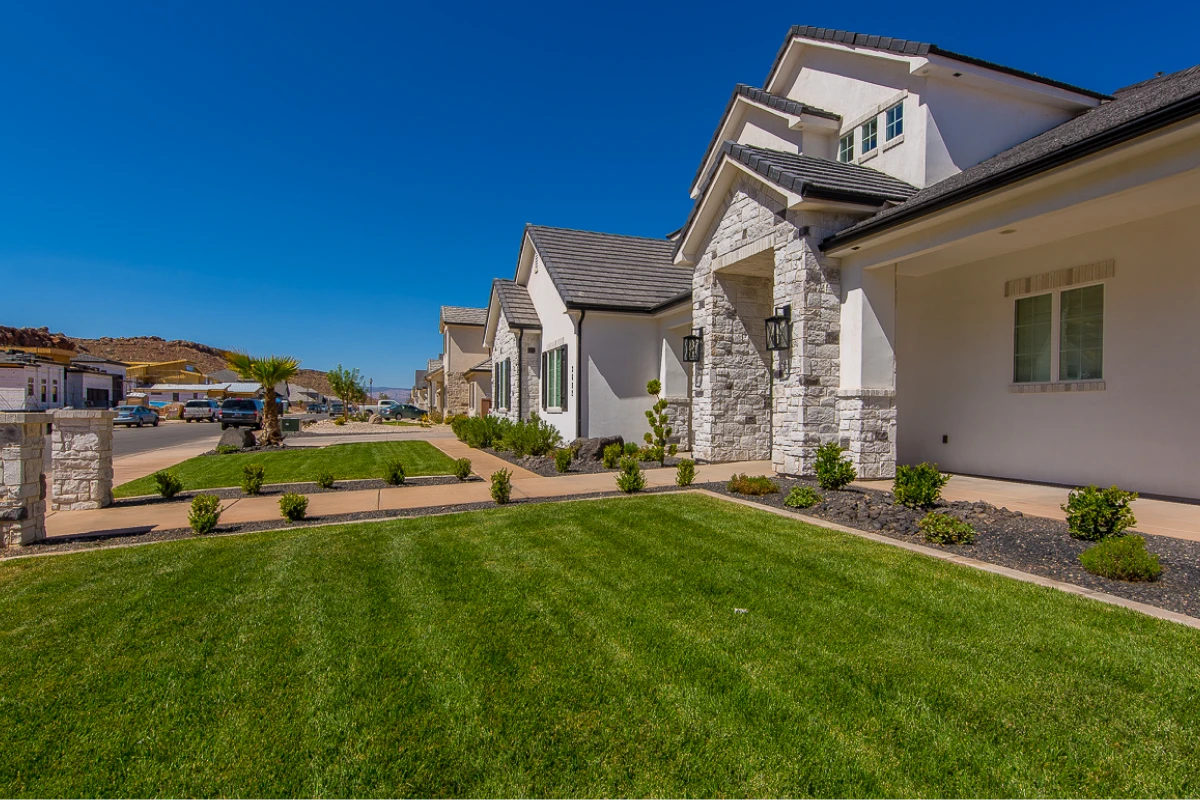
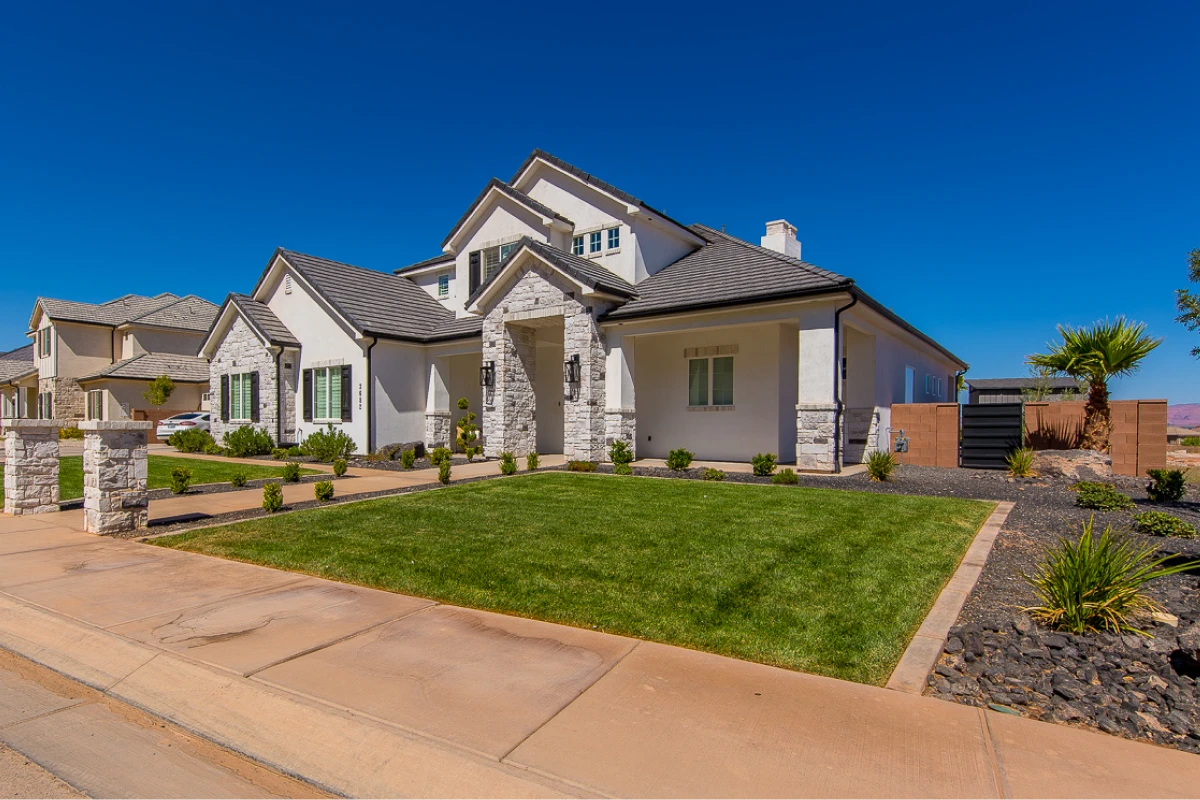

When it comes to effective landscaping, managing water drainage is crucial. One of the most efficient solutions for preventing water accumulation in your yard is the installation of French drains. In this article, I will explain what French drains are, how they work, and provide a comprehensive guide on how to install them. Additionally, I will share some tips on maintenance and troubleshooting common issues. If you’re considering improving your landscape’s drainage, this guide will serve as your go-to resource.
How French Drains Work
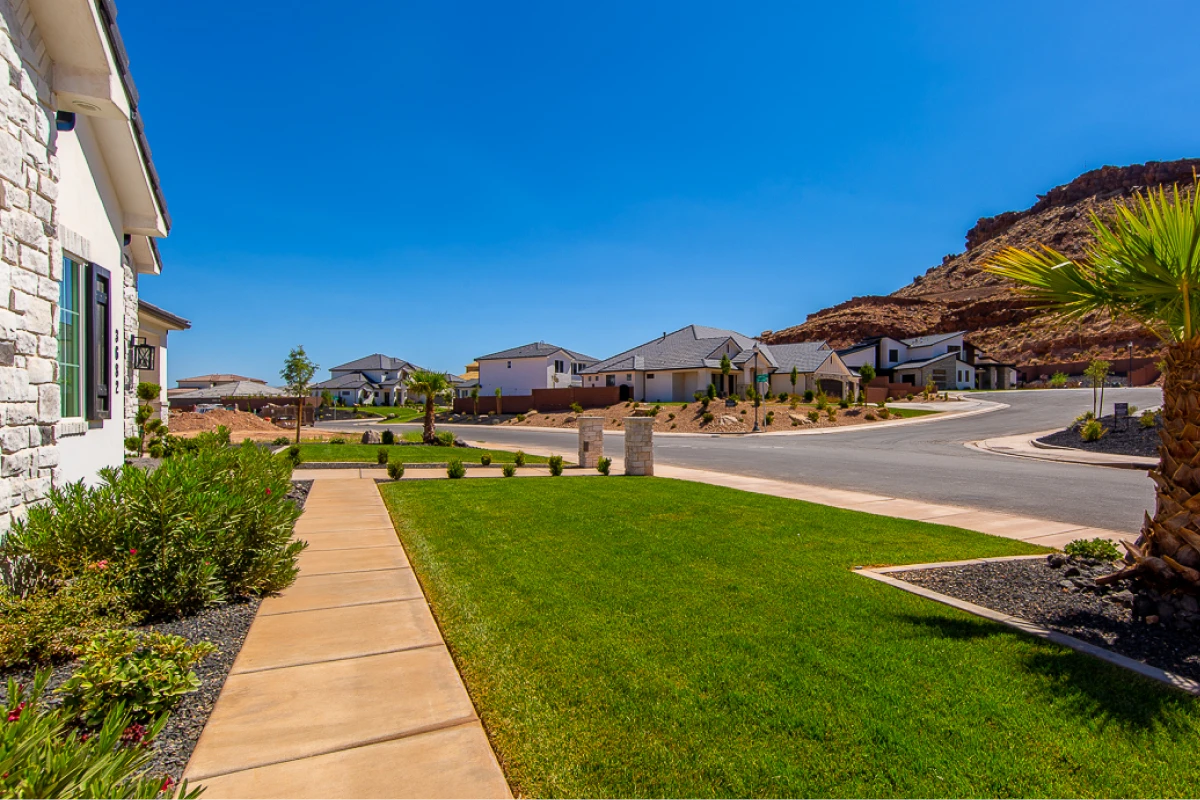
Before you begin, it’s essential to plan where your French drain will be installed. Consider the following:
You’ll need the following materials for your French drain installation:
Finally, backfill the trench with soil or sod, ensuring that the surface is level with the surrounding landscape. Water the area to help settle the soil and promote healthy growth.

If you notice water pooling in your yard, your French drain may be clogged. To resolve this issue, you can: Use a plumber's snake to clear any blockages in the pipe. Flush the drain with water to dislodge debris.
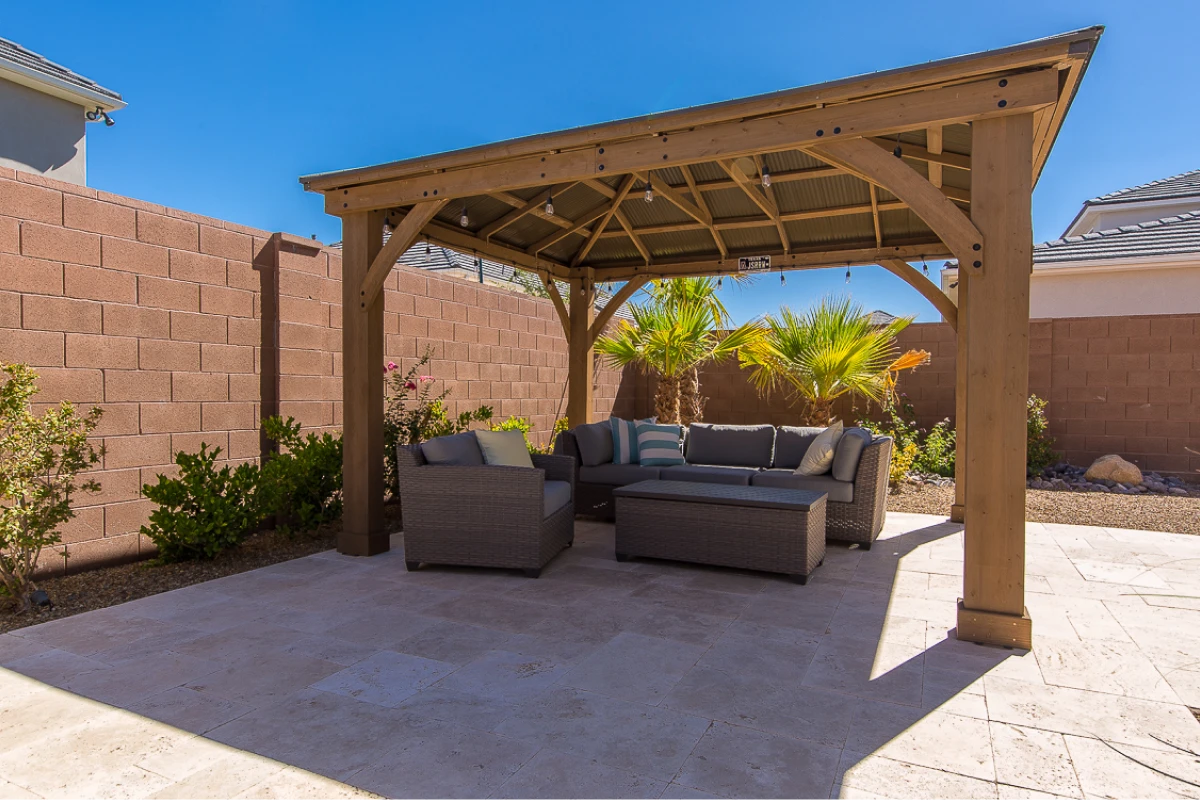
If your French drain isn't effectively redirecting water, check for: Improper slope in the trench. Clogs in the perforated pipe.
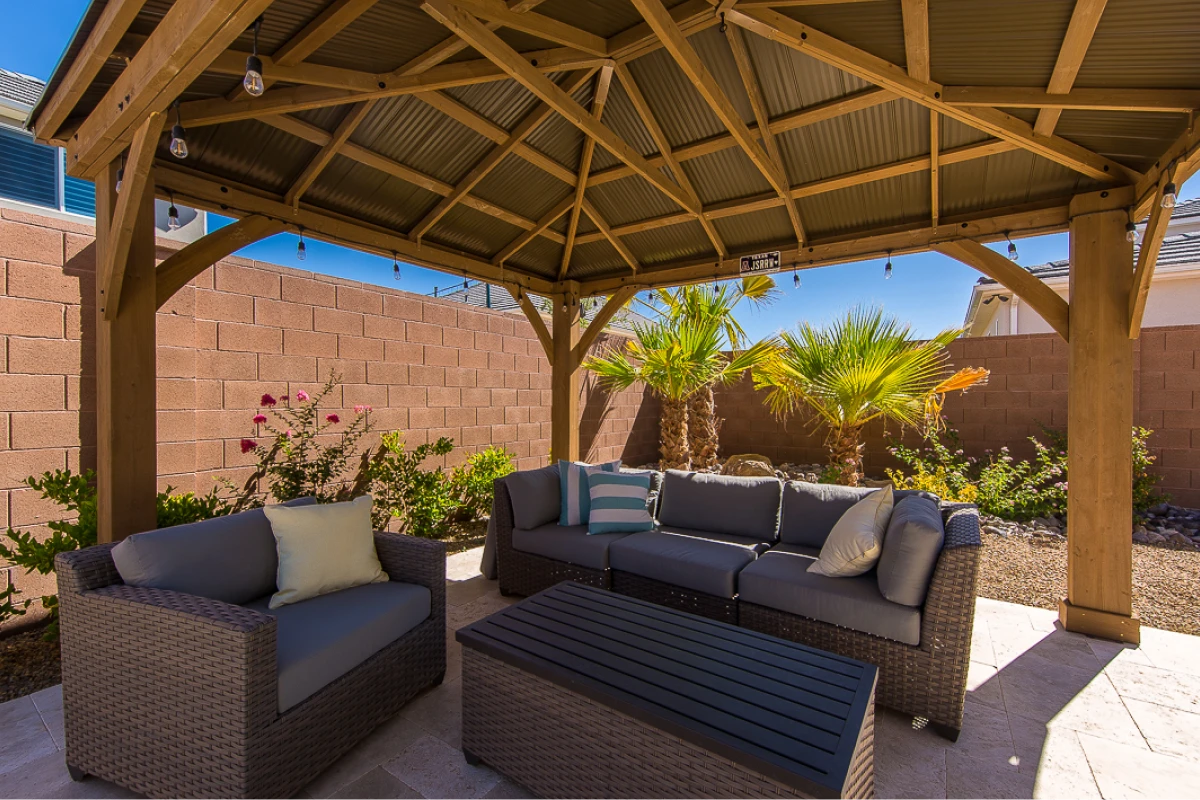
Excessive erosion can occur if water is flowing too quickly. To mitigate this, consider: Adding more gravel to slow down water flow. Creating a splash pad at the outlet to disperse water more evenly.
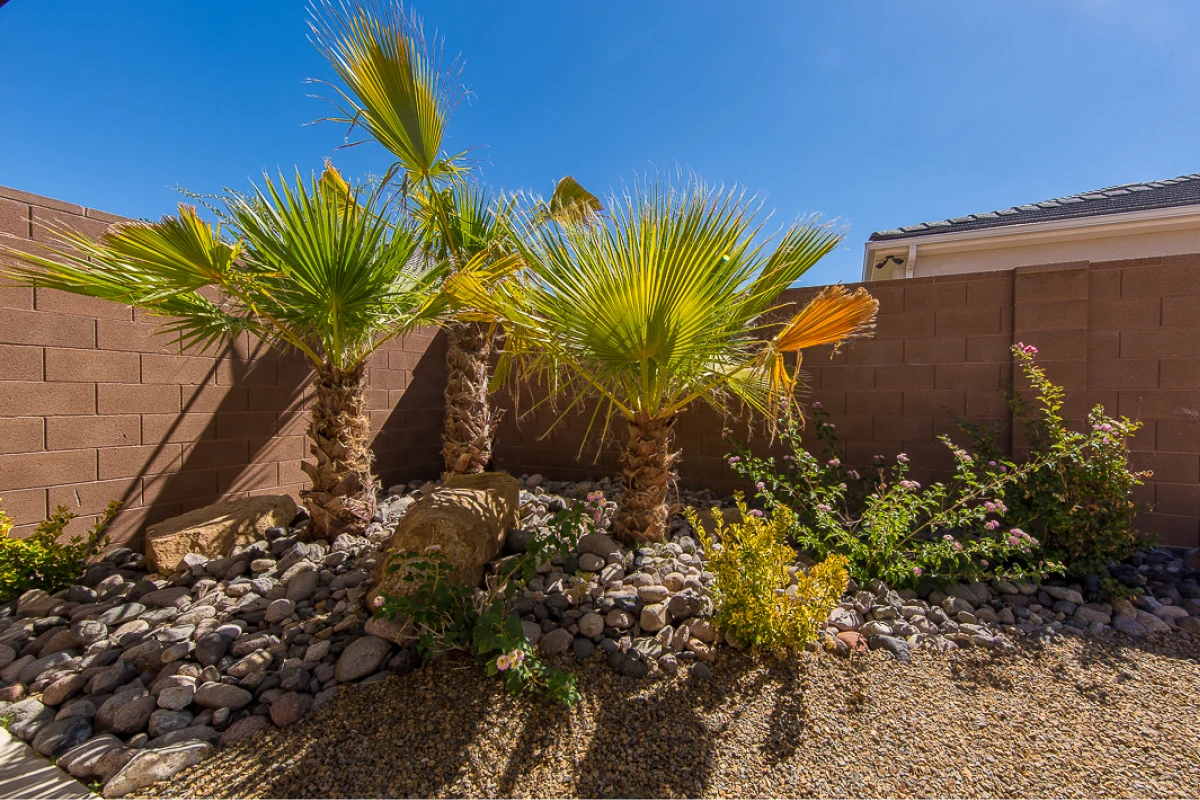
Check your French drain for clogs or debris at least once a year, especially after heavy rainfall.
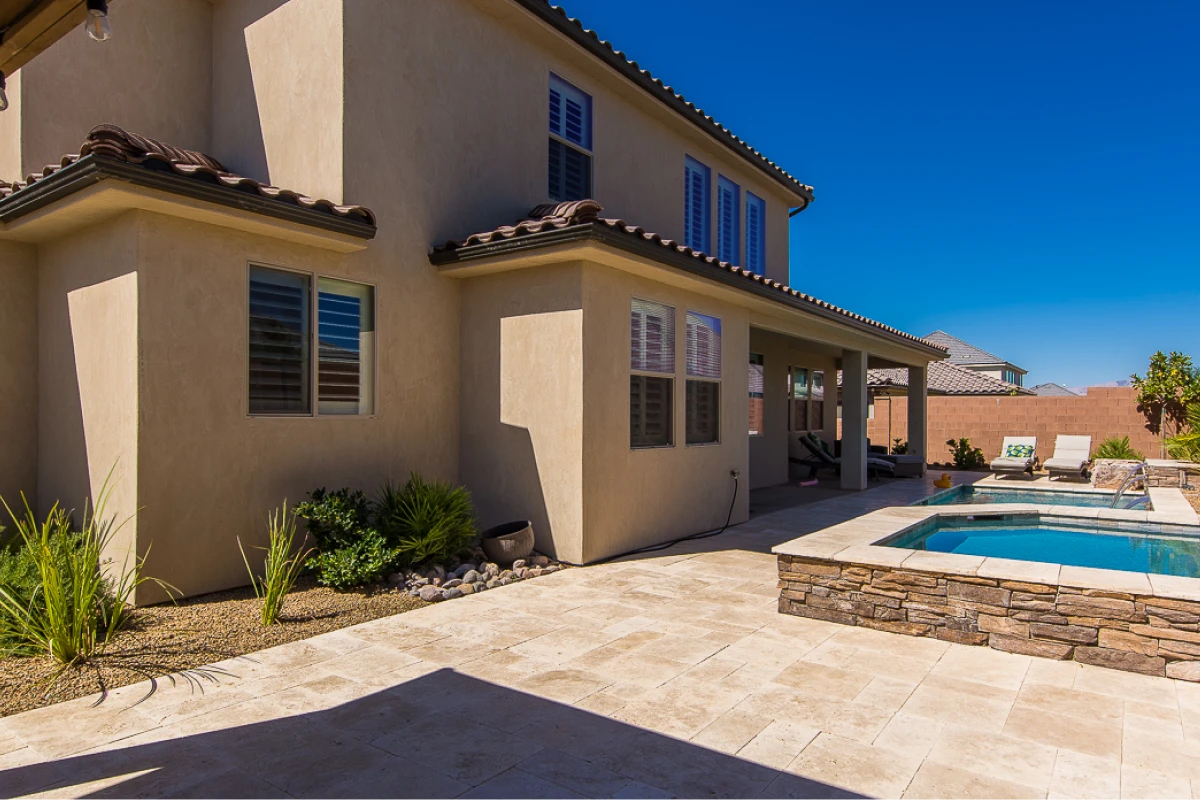
Remove any leaves, dirt, or other debris that may accumulate around the drain's outlet.
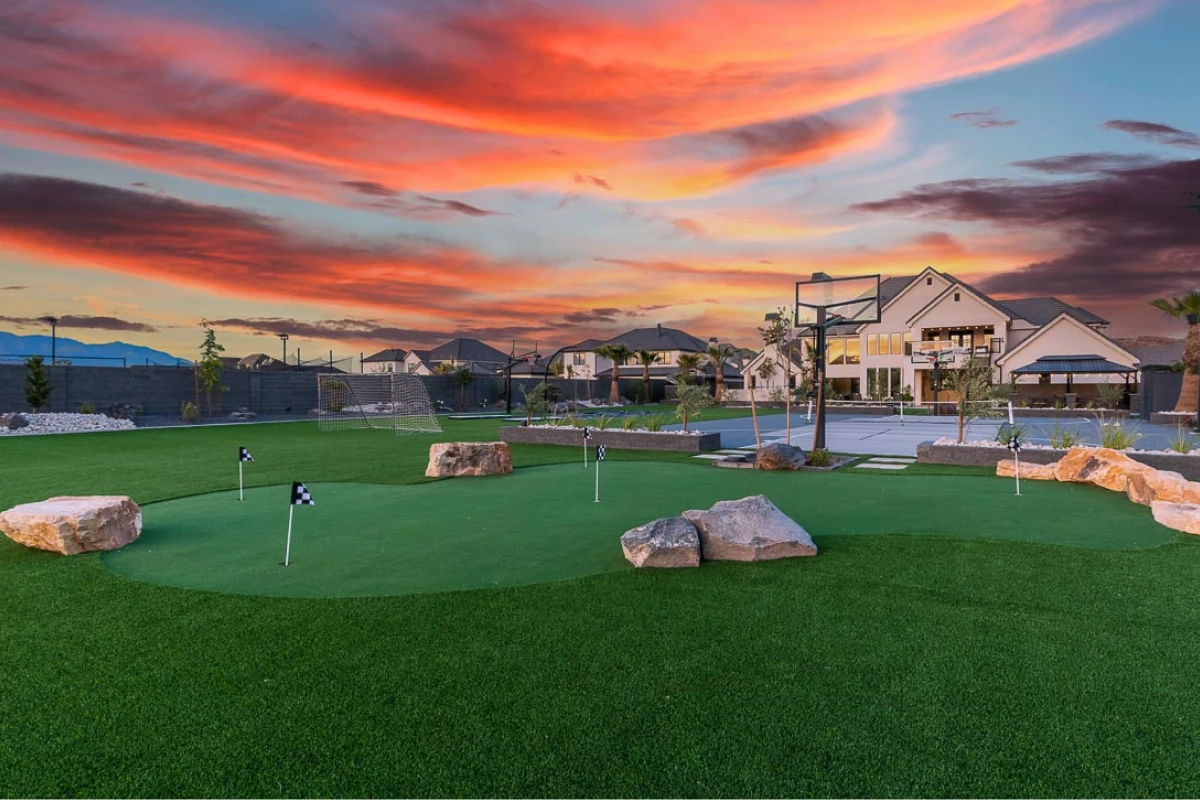
Ensure that water is flowing freely through the system and that there are no signs of standing water.
If you’re looking to implement a French drain or any other landscaping improvements, EcoGreen Landscaping & Pools is your expert partner in creating a sustainable and beautiful outdoor space. Specializing in synthetic grass installation, custom landscaping, and pool construction, we thrive on delivering eco-friendly solutions that are perfectly suited to the desert climate of Southern Utah. Our dedication to quality and customer satisfaction is evident in every project we undertake. Don’t let drainage issues dampen the beauty of your landscape. Contact us today to discuss how we can enhance your property with our professional services.